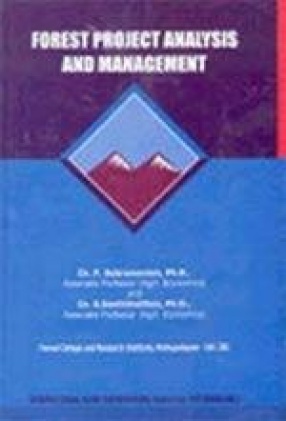This document presents a compendium of more than three decades of statistics of apparent consumption for fish and fishery products for 222 countries, 7 continental aggregates, the group of the low-income food-deficit countries and the world total based on the Supply/Utilization Accounts (SUAs) maintained in FAOSTAT, the statistical component on the FAO World Agricultural Information Centre (WAICENT). The system currently includes SUAs for eight groups of primary fishery commodities and nine groups of processed products derived from them for almost all the countries and territories in the world from 1961 to 1995. SUAs contain the estimates of supplies from different sources matched against estimates of different forms of utilization of each product. These series are regularly updated and, in addition, revised in the light of any new information. Accordingly, the food balance sheets derived from the SUAs of food products are consistent internally. In FAO’s work these data are required to meet the requests of its statutory bodies to keep the world’s food and nutritional situation under constant review, to update FAO’s analytical work in the field of food and population and to provide the statistical base for the projections of demand and other assessment studies. The food balance sheets included in this document have been extracted from individual SUA’s series for each primary and processed commodity, prepared on a calendar-year basis. In constructing the SUA’s and the food balance sheets derived from them, both official and unofficial data available in the Fishery Information, Data and Statistics Unit, mainly through FISHDAB, the Fishery Statistical Database of the Fisheries Department, have been used. In order to facilitate descriptions and analyses of data, graphs have been provided. Section 1 presents long-term series of detailed food balance sheets on a calendar-year basis starting from 1961 and ending with 1995, in live weight, for continental aggregates, the group of the least economically developed and food deficit countries and for the world total. On each food balance sheet the fish contribution to animal and total protein supply is indicated as a percentage. Section 2 gives, in live weight, the same data as described in Section 1 for 222 countries, which represent more than 90% of all countries in the world. The derived consumption data are only as reliable as the basic trade and production data on which they are based; therefore, trends in food availability may reflect improved primary data rather than real changes in food intake. For a full description of concepts used and the major shortcomings of food balance sheet data, the reader may refer to publications indicated as reference. The nutritional values have been calculated utilizing appropriate standard food composition factors.
Bibliography of Medicinal Plants of India: Pharmacognosy and Pharmacology
This bibliography attempts ...
$70.20
$78.00





There are no reviews yet.